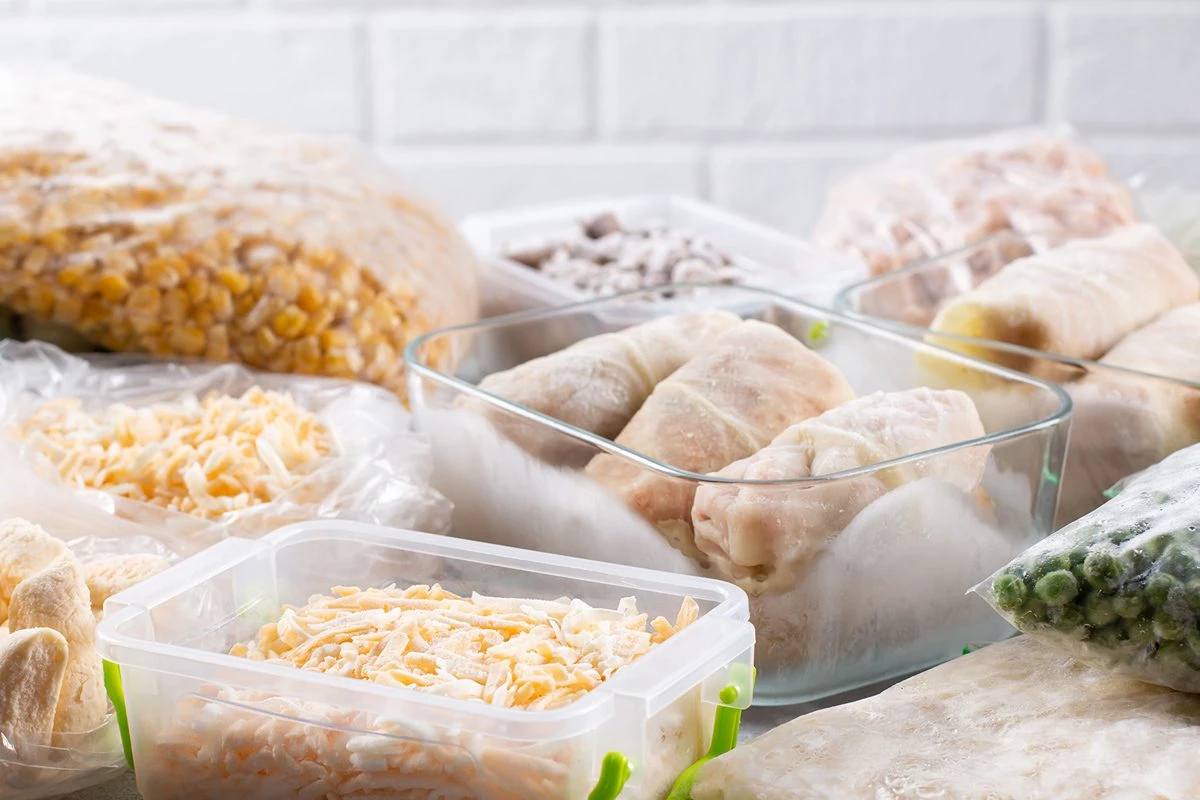
Chamberlains of London – Frozen Food Revival reflects a clear shift in how people eat in 2025. As living costs continue to rise globally, more households are choosing convenience, longevity, and affordability over traditional dining options. At the forefront of this trend stands Conagra Brands, a major player that has introduced a diverse line of frozen meals to satisfy modern preferences. Dozens of new offerings are now available on supermarket shelves. From hearty single-serve entrees to innovative plant-based and gluten-free sides, the frozen food aisle has been reimagined. This is no longer the space for bland TV dinners. Instead, consumers find globally inspired cuisine, health-conscious recipes, and flavors that rival restaurant dishes.
Consumers want more value for every dollar spent. Rising inflation and economic uncertainty have caused many to cut back on dining out. Fast food chains and casual restaurants, once considered budget-friendly, now carry price tags that discourage regular visits. Frozen meals offer an answer. Shoppers see them as affordable, easy to prepare, and suitable for busy lifestyles. A frozen meal typically costs a fraction of what one might spend on restaurant fare. With minimal prep time, no tipping, and longer shelf life, these products appeal to working adults, students, and families alike. The convenience factor plays a central role in their decision-making.
“Read about: Chef Tony Xu Redefines Cantonese Cuisine with Molecular Magic”
Gone are the days when frozen food was filled with preservatives and excess sodium. Today’s consumers demand better nutrition and transparency. Conagra has responded by developing new recipes that prioritize dietary needs. Low-sodium, high-protein, and allergen-free options are becoming standard rather than niche. Plant-based meals are particularly popular. With the rise of flexitarian and vegan lifestyles, frozen food brands now offer meals featuring lentils, chickpeas, tofu, and vegetables as the main protein source. Gluten-free selections have also grown in number, targeting those with celiac disease and gluten sensitivities. Labels now list recognizable ingredients. Buzzwords like no artificial colors and made with real vegetables dominate packaging. Many of these meals cater to clean-eating trends while maintaining the practical advantages of frozen storage.
Packaging innovation supports this resurgence. Frozen meals today come in recyclable, microwave-safe containers that help preserve flavor and reduce cooking time. Brands also focus on smart portion control and resealable trays for multi-serving dishes. Shelf life remains one of the key attractions. Unlike fresh food, frozen items do not spoil within days. Families can buy in bulk without fear of waste. This adds even more appeal to budget-conscious shoppers and those living far from grocery stores. Smart packaging also includes QR codes that link to recipes, nutritional breakdowns, or sourcing information. This kind of transparency builds consumer trust and loyalty.
“Read more: From Best Practices to Action: Rome Summit Advances Trafficking Prosecution”
According to recent retail data, frozen food sales have surged since late 2023. The trend shows no sign of slowing in 2025. Conagra’s strategic focus aligns with this pattern. By expanding its frozen food portfolio, the company taps into a loyal customer base that seeks consistent quality at an affordable price. Surveys indicate that many consumers have made frozen meals a permanent part of their meal planning. Some families now dedicate entire sections of their weekly shopping list to frozen entrees, soups, breakfast bowls, and snacks. This shift suggests a lasting behavioral change rather than a temporary adjustment to economic stress.
Supply chain improvements also support this boom. With better refrigeration systems, faster delivery times, and smarter inventory tracking, grocery retailers can offer fresher frozen products more efficiently. Technology now allows companies to track demand in real time and adjust production schedules accordingly. Online grocery shopping has further increased frozen food sales. Consumers order in bulk and store their meals for weeks or even months. Subscription models are emerging, where frozen meal boxes get delivered on a recurring basis, curated to dietary preferences and caloric needs.
Frozen food no longer serves just local tastes. Global cuisines such as Thai, Indian, Korean, and Mediterranean are available in frozen form, introducing consumers to a world of flavor without needing a passport. Cultural diversity has expanded options and attracted new demographics. Food that once required hours to prepare at home is now available in ready-to-eat versions. Spicy lentil stews, butter chicken, teriyaki bowls, and quinoa tabbouleh can be found in freezer aisles across North America and Europe. Frozen Food Revival shows that convenience does not mean sacrificing taste or nutrition. Consumers now expect both, and brands like Conagra are ready to meet those expectations.